BLAZING SADDLES: A Hilarious, Boldly Unapologetic Classic
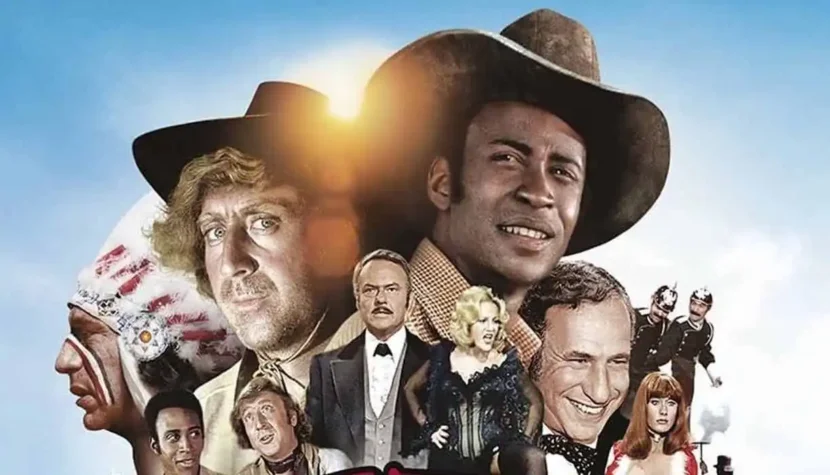
Blazing Saddles is a perfect example of this, which in itself is a strong irony considering that the legendary American comedian and director Mel Brooks unapologetically tackles the subject of racism in the film. Where Hollywood typically opts for pathos, solemnity, and Oscar-worthy tears, Brooks delivers coarse yet brutally honest humor, throwing around racial slurs left and right, punching horses in the face (literally), and bringing explosive flatulence into the hallowed halls of the American Academy of Motion Picture Arts and Sciences (which somewhat explains the generally puzzling title). All of this is dressed in the trappings of the most American of cinematic genres.
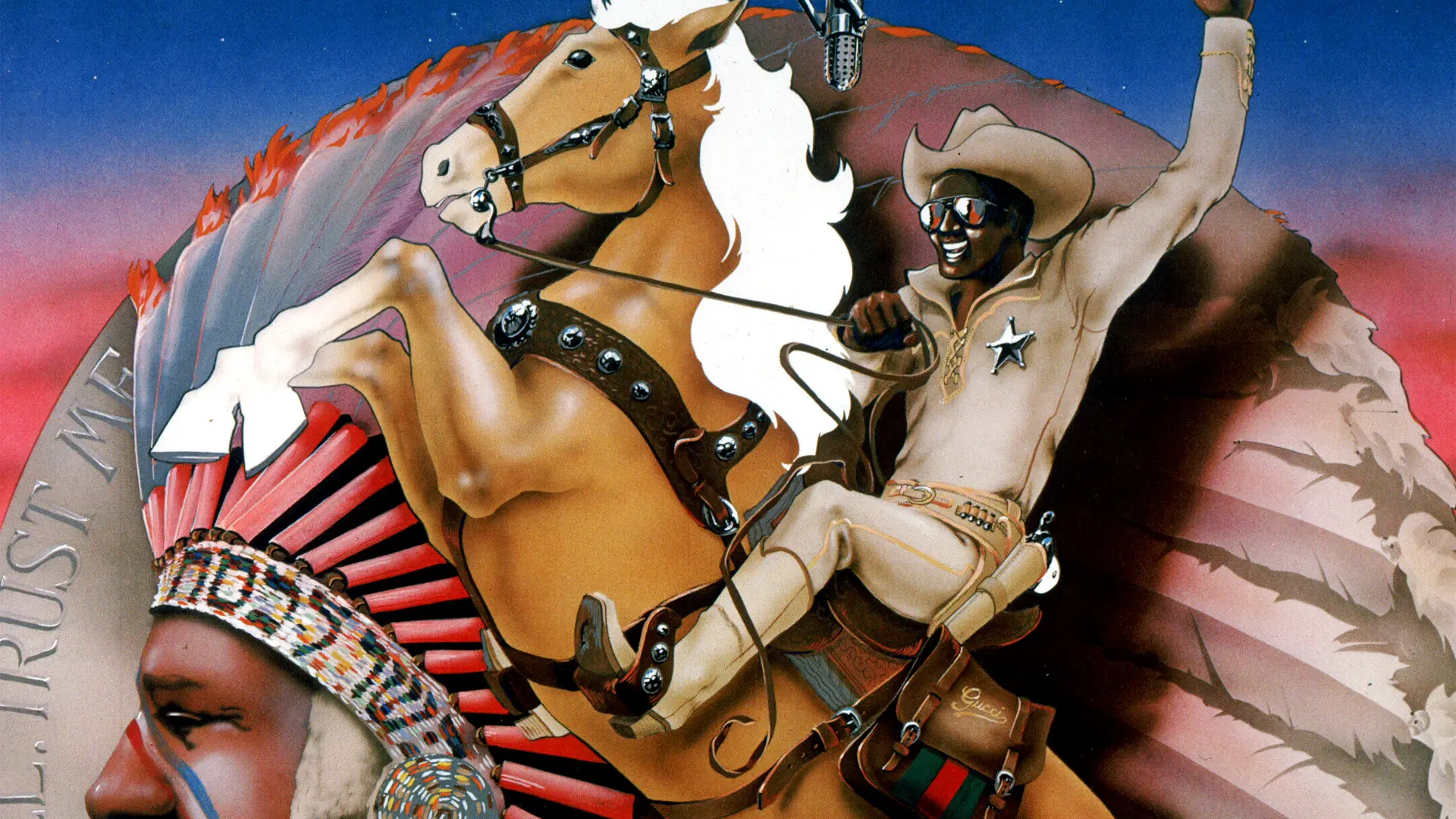
The year 1874 is a time of great change for the town of Rock Ridge, populated entirely by cattle and white people all named Johnson. Among these changes is a new sheriff. This would be unremarkable were it not for the fact that, through a coincidence—or a devious plan—the sheriff is… Black. While today, after two terms of Barack Obama, this might not faze anyone, in the Wild West era, it was quite an event (though, interestingly, this character was inspired by the historical figure Bass Reeves, who served as a lawman in Arkansas and Texas from 1875 to 1893). And indeed, the townsfolk are shocked. Their new lawman—formerly a slave—named Bart, kidnaps… himself to save his own skin. He succeeds because the townsfolk are foolish, and the plot, borrowing its starting point from Once Upon a Time in the West, serves as a pretext (but is far from a series of disconnected scenes strung together with empty gags). Soon, Bart encounters a local drunkard and former gunslinger named Jim, who goes by… Jim. Thus begins a beautiful friendship—and the movie.
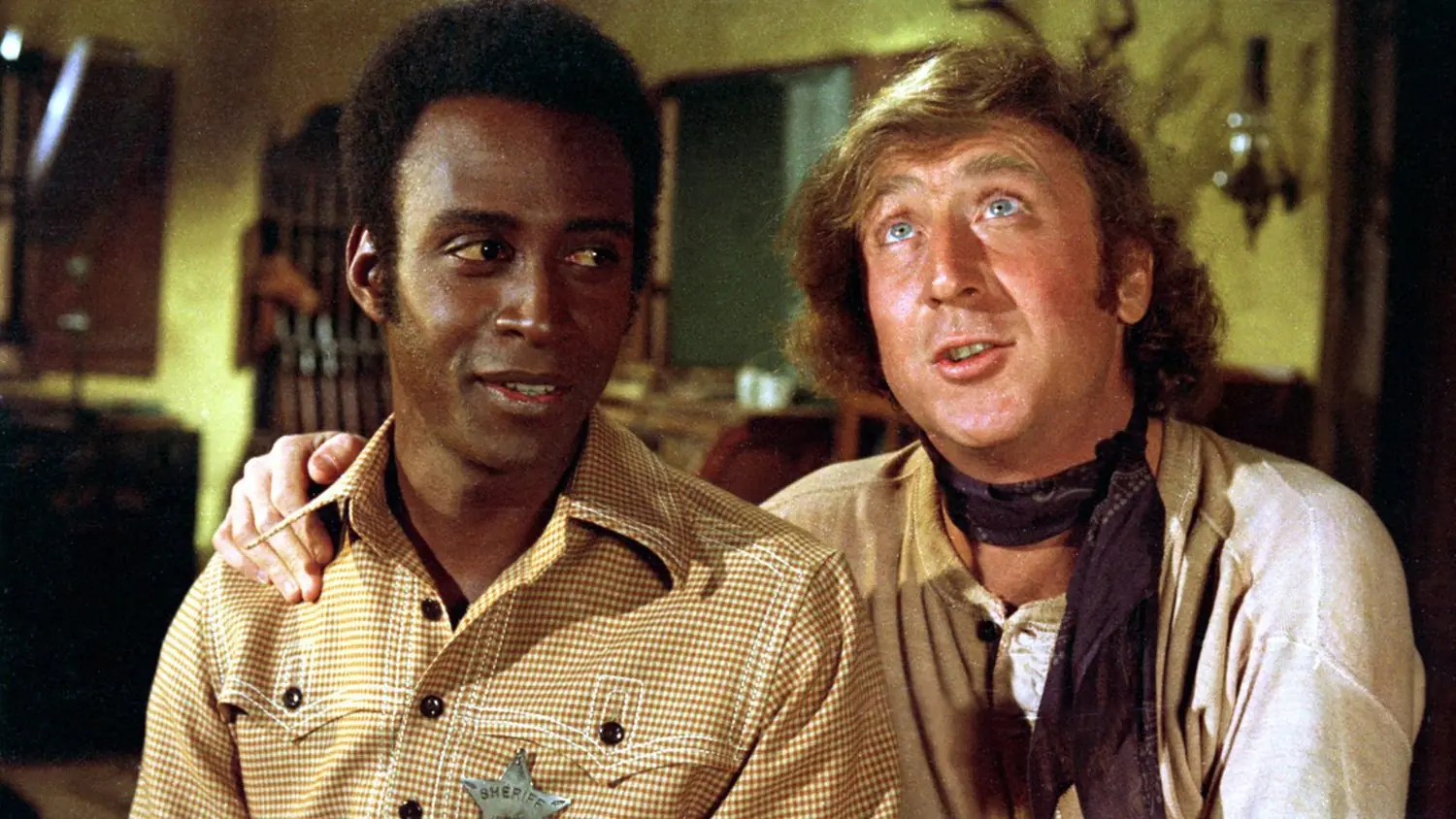
Adding to the humor is the fact that the opening frames give no indication that this is a comedy. We see sweeping panoramic shots of endless prairies and the laborious construction of a railroad, accompanied by a classic Western-style opening credits sequence with a romantic-sounding theme song. The titular hit is performed by Frankie Laine, the voice of the Wild West. Laine delivers it with genuine engagement and almost grave seriousness, as no one told him before recording that it was a parody. Soon, however, Brooks reveals his hand, spinning the musical joke further with an unusual vocal duel between slaves laying tracks in the inhuman heat and their overseers. From that point, the absurdity escalates—scene after scene, action after action, and each retort funnier than the last, fueling an already roaring comedic furnace.
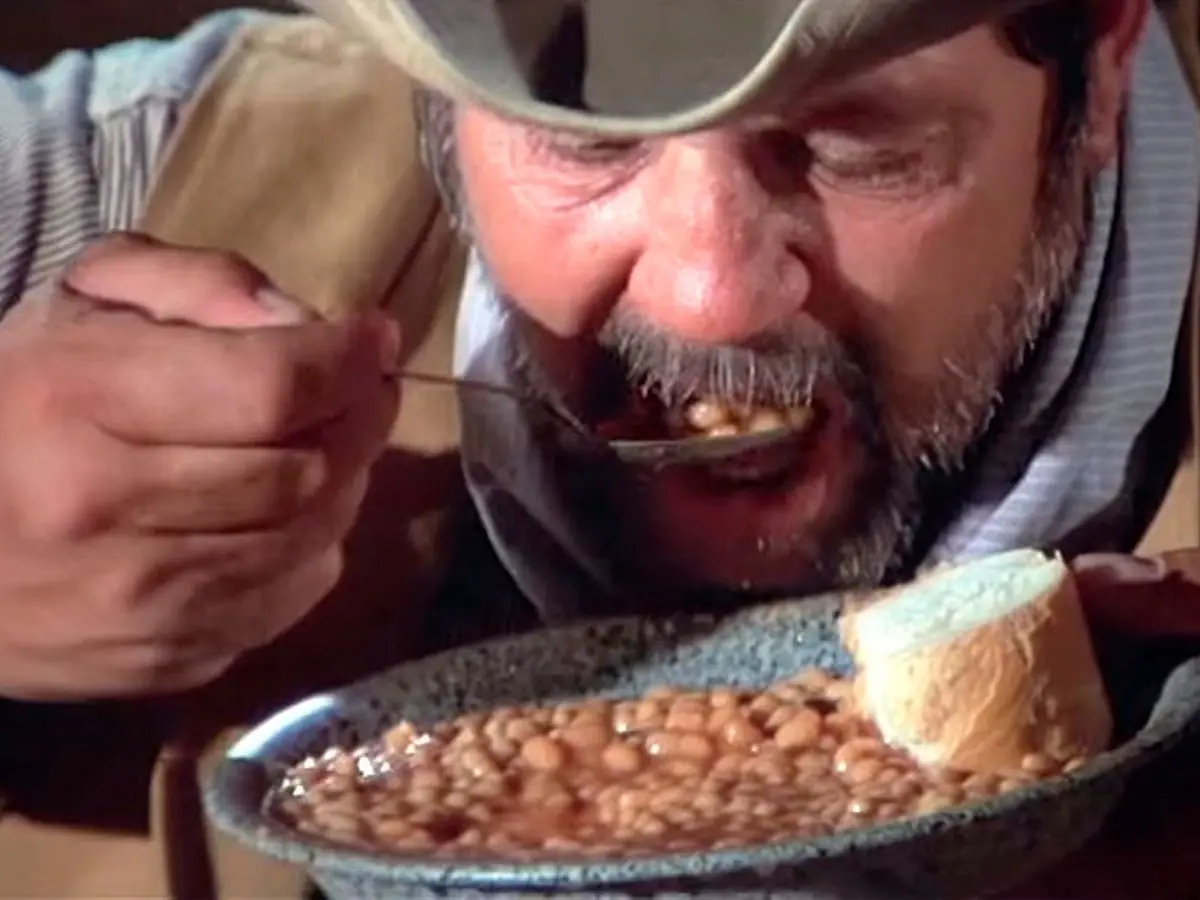
In the finale of his work, Brooks reaches a true peak, skillfully breaking the fourth wall (which he had bent in several earlier scenes with knowing glances at the audience), when he seats his characters in a theater at the premiere of… Blazing Saddles. Earlier, he also breaks it literally, unexpectedly moving the obligatory brawl to a neighboring set of a vaudeville number, then to a cafeteria serving—of course—cream pies, and even outside Warner Bros. studio, where one character hails a taxi and tells the driver to “get me out of this movie.” In such moments—and there are plenty—this compact, hour-and-a-half-long masterpiece, shot partly on the sets of Westworld, ceases to be merely an attractive parody of the genre and becomes a jab at many of the sore spots of the dream factory.
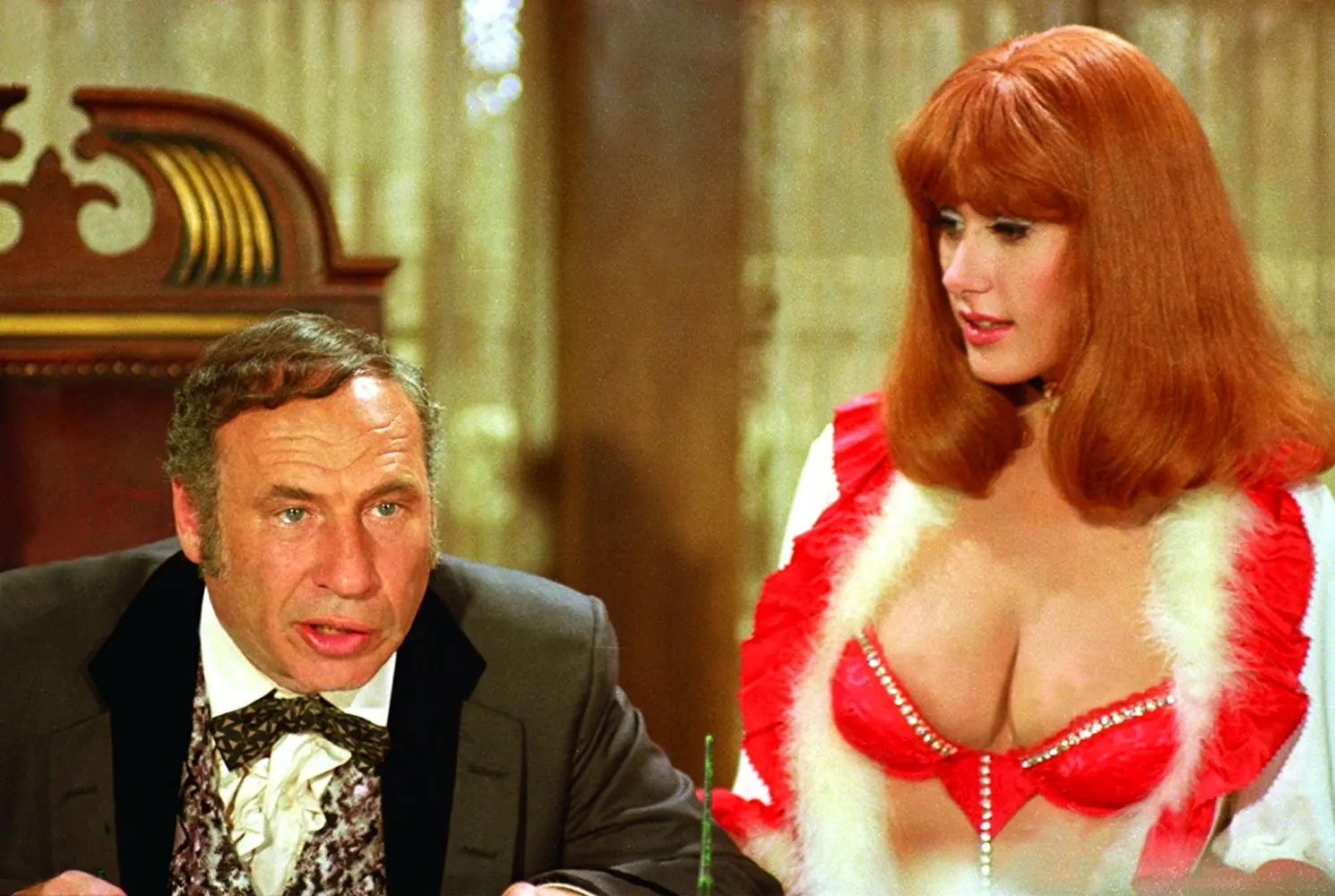
With Brooks, laughter has always been infectious, and the jokes genuinely funny. In Blazing Saddles—undoubtedly one of the top works of his career—they are also exceptionally ruthless. The creator spares no one (though, naturally, white Christians take the hardest hits), and least of all the audience. He does this in his style: irreverent and blunt, but always intelligent, never crossing the line into the crass. A good example of this is one of the most controversial scenes of its time, in which cowboys, enjoying coffee and beans by the campfire, begin a true symphony of flatulence. Crude? Tasteless? Vulgar? Sure. But also somehow logical, boldly completing something that had always been implied but never explicitly depicted. It was also the first such scene in mainstream American cinema. Of course, the censors showed no mercy and, in the safe confines of television programming, aired the scene without sound, completely stripping it of its meaning (it’s worth noting that the TV version also contained several decent scenes cut from the theatrical release).
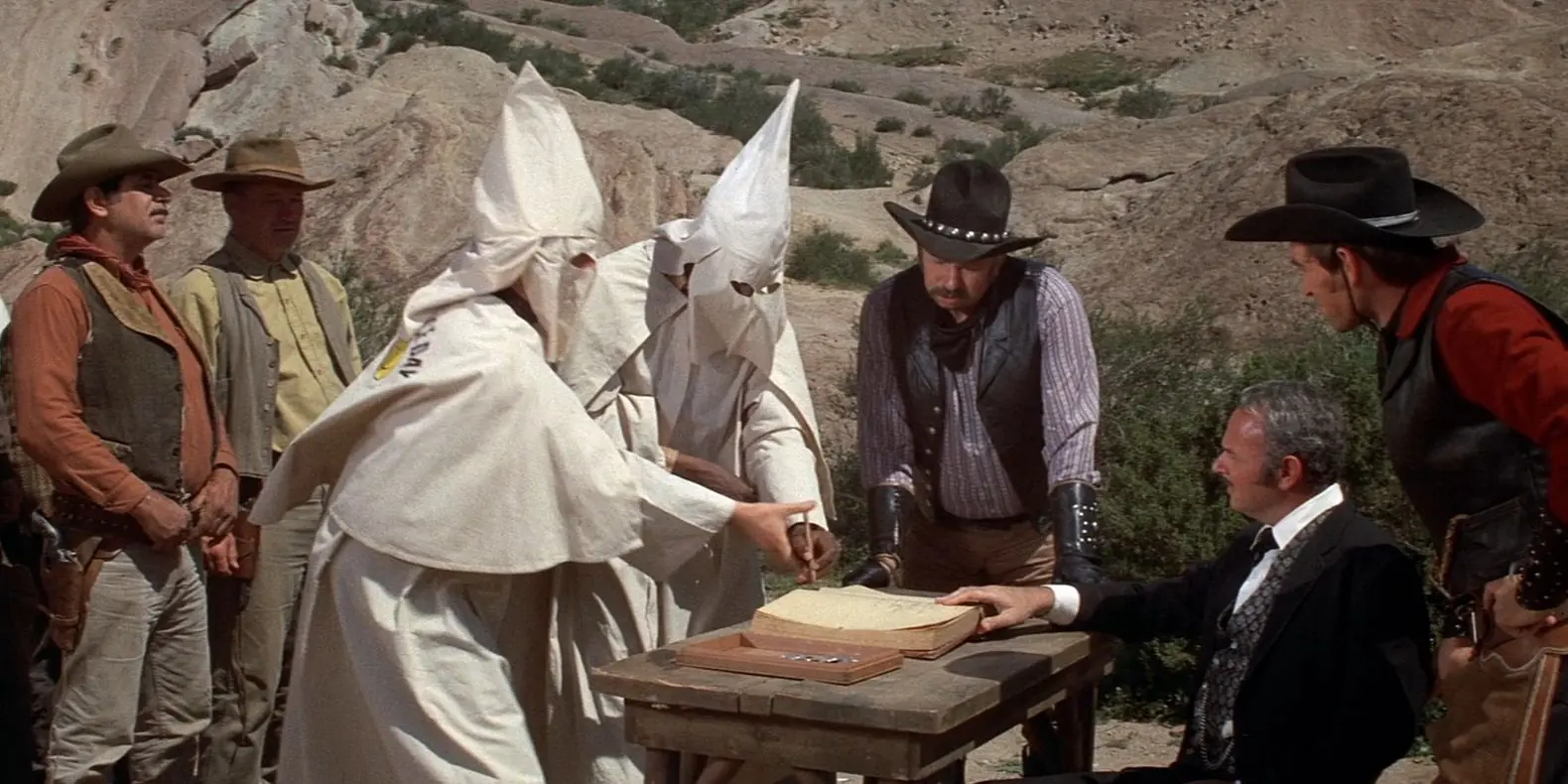
The humor doesn’t stop there. Governor Lepetomane, played by Brooks himself (a name that translates loosely to “Fartman”), is an allusion to the French performer Joseph Pujol, known as “Le Pétomane,” who specialized in flatulence-based acts. Combined with the governor’s cross-eyed gaze and less-than-brilliant intellect—preoccupied as he is with his secretary’s breasts (played by the appropriately endowed Robyn Hilton)—this makes for pure comedic gold, paradoxically refined compared to the aforementioned campfire gag.
Such winks, allusions to pop culture and Hollywood, and the breaking of conventions are abundant in the film. As with productions by the ZAZ trio, it’s impossible to catch them all. While a direct quote from The Treasure of the Sierra Madre is clear to most, how many people will realize that Gabby Johnson is a tribute to Western veteran Gabby Hayes? This variety of humor, capable of shifting multiple times within a single moment and filling every possible layer of the film, is one of the two main strengths of the movie, which manages to entertain almost everyone to tears (as confirmed by independent studies on 150 white mice from Andalusia).
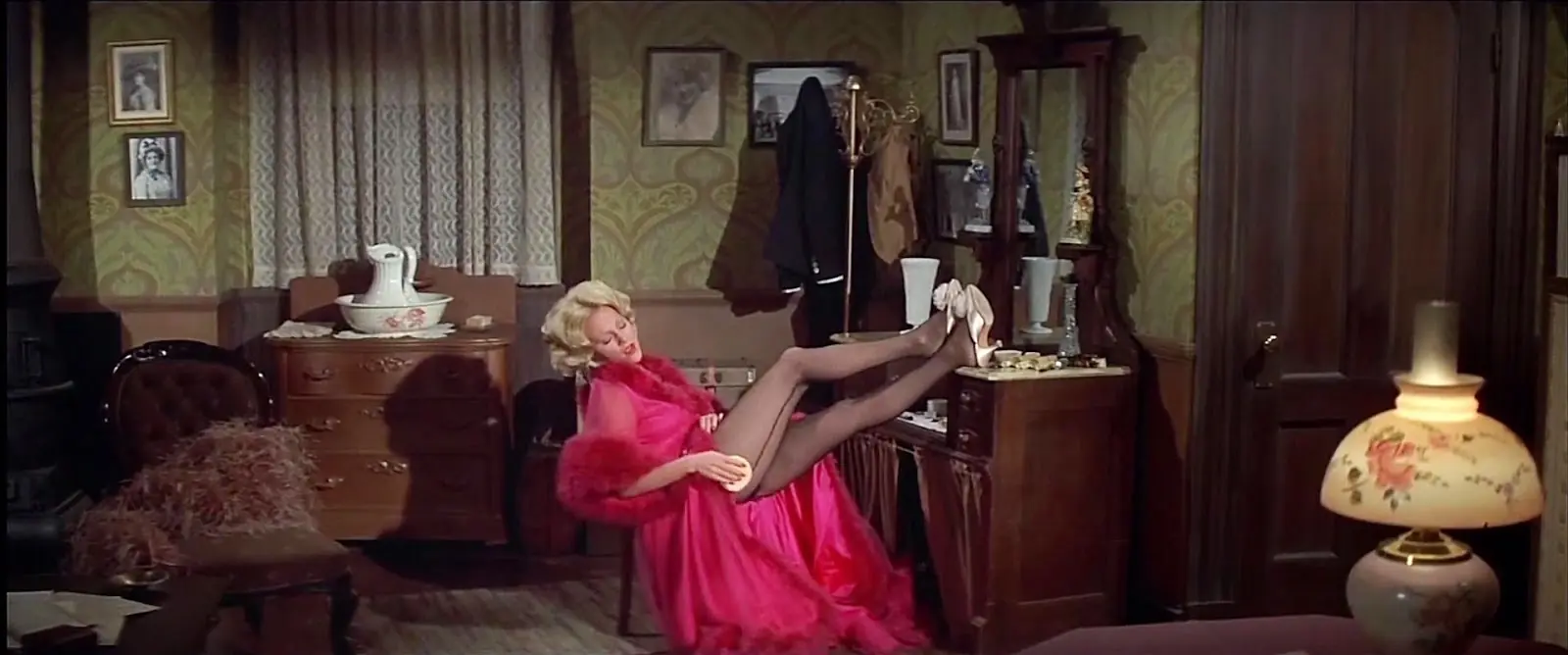
It is significant that the question of what Blazing Saddles truly is remains essentially unanswered. If rumors are to be believed, the title came to its creator by chance while he was… taking a shower (I’ll buy that). Earlier, less enigmatic (?) names were considered, such as Tex X (in honor of Malcolm X) and Black Bart, which appears on a poster in one of the film’s scenes and was ultimately used for a television series starring Louis Gossett Jr. The series, based on the same story and created solely so the studio could retain the rights to it, disappeared from CBS’s lineup after the first season. And no one even noticed…
While you risk your lives, I face almost certain nomination for Best Supporting Actor.
The failure of the series highlights just how precarious the terrain of comedy is. With a cinematographer other than Joseph F. Biroc and music not composed by Brooks’ regular collaborator John Morris, it might still have worked, been salvaged. But without the same cast, it would have had no chance of succeeding. The film’s director, who also makes a brief cameo as a Yiddish-speaking Native American chief, explored various options while co-writing the script with a group of talented individuals—whose names, frankly, wouldn’t mean much to anyone, so I won’t list them (following the principle: Write whatever you want; we’ll be arrested anyway).
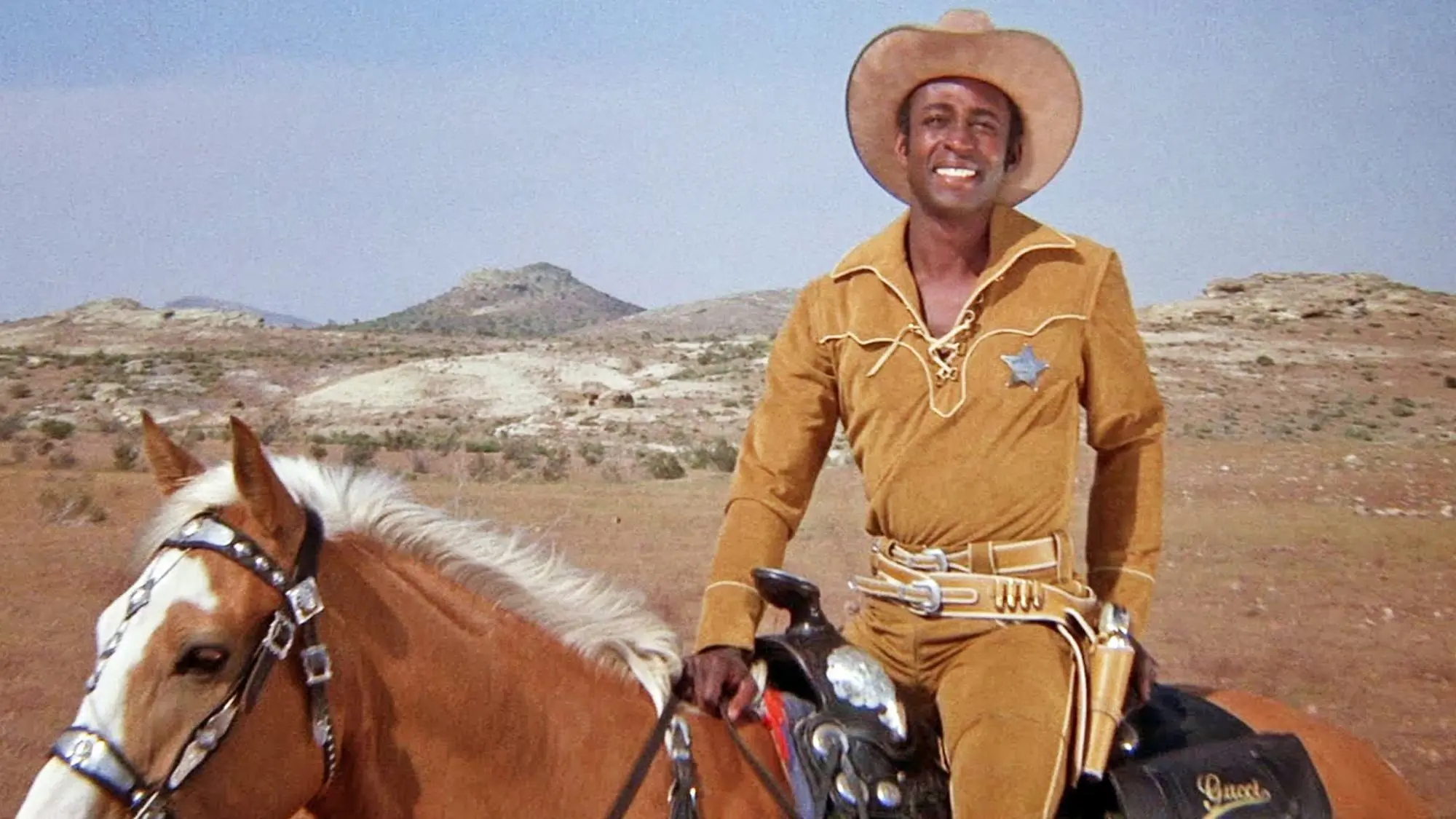
Aside from the legendary anecdote about John Wayne’s diplomatic refusal (he reportedly said he couldn’t make such a film but would be first in line to watch it), actors like James Earl Jones (!!) and Richard Pryor were considered for the role of Bart. The latter especially contributed many jokes that were ultimately retained in the final script. Pryor likely would have played the part if not for his unpredictable behavior, which made Brooks feel he couldn’t rely on him. Similarly, Gig Young, who was set to play the drunken Jim, didn’t get the role due to… an alcohol problem (sic!). Luckily for us, Cleavon Little and Gene Wilder shine on screen instead, turning even the most bizarre jokes into small gems while forming an exceptionally likable buddy duo.
Wilder would collaborate with Brooks again (and even more brilliantly) later that same year in the unforgettable Young Frankenstein, based on his own idea. However, he is also riotously funny here, whether smoking a joint or drawing his gun faster than the laws of physics would allow. Little, on the other hand, is a pleasant surprise—especially considering that his previous notable role was as Super Soul, the voice of reason in the completely serious Vanishing Point. His comedic timing here is so flawless that it’s hard to imagine anyone else in his cowboy boots. In fact, “Black Bart” turned out to be the pinnacle of his career—earning him a BAFTA nomination for Best Actor.
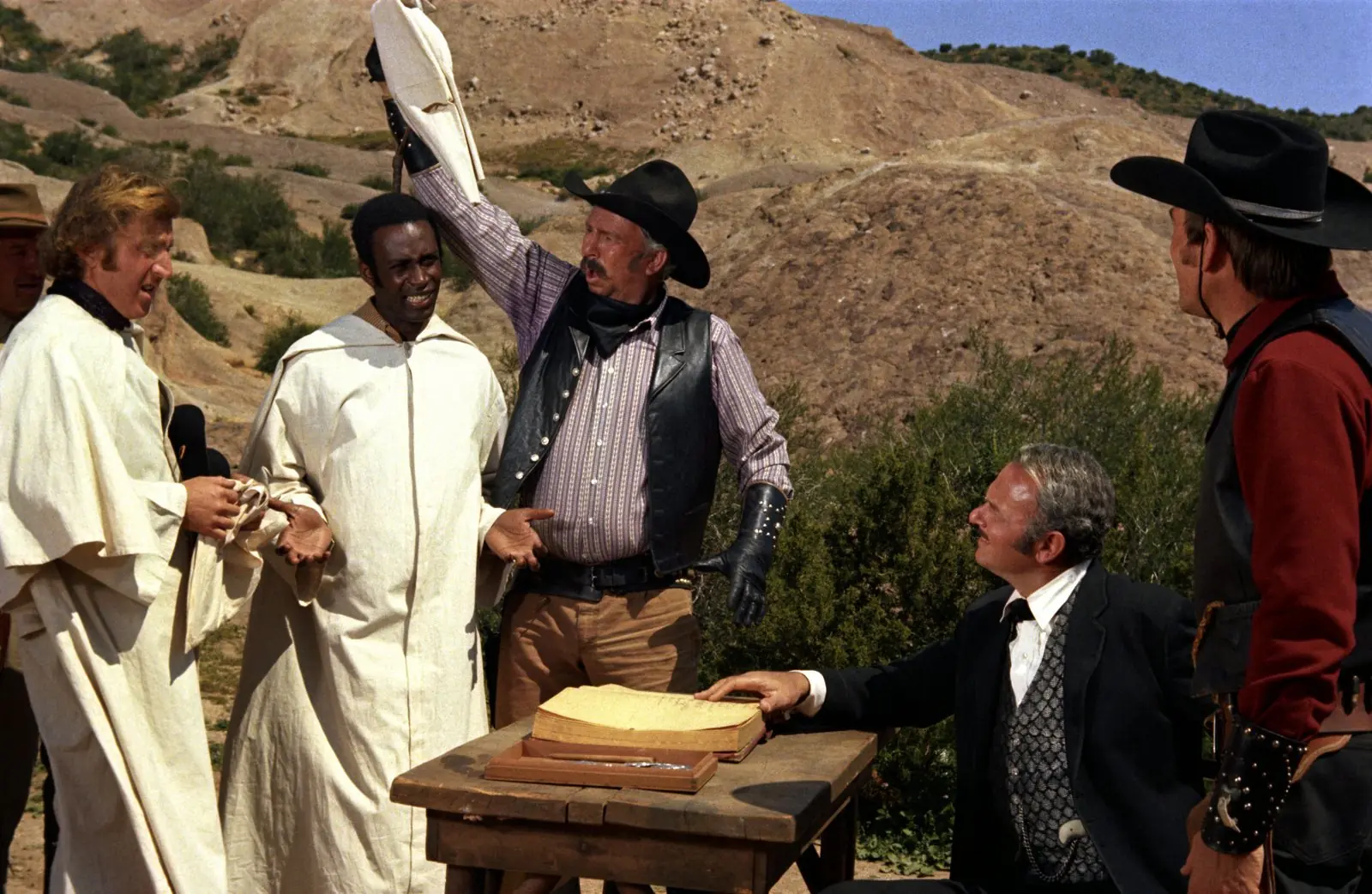
This duo is perfectly complemented by Slim Pickens, one of America’s quintessential cowboys, and former football player Alex Karras as the “monster” Mongo. Also part of Mel Brooks’ regular ensemble are the absolutely brilliant Harvey Korman as Hedley Lamarr (a role for which the divine Hedy Lamarr sued the director, a fact alluded to bluntly in the film); Dom DeLuise (this time in a minor cameo); and the unforgettable Madeline Kahn, whose Lili Von Shtupp—complete with her inability to pronounce “r”—is a pitch-perfect parody of Marlene Dietrich. Her hilariously unsexy burlesque number, I’m Tired, is a true masterpiece of “serious comedy.” And while it’s hard to single out any one performer as the standout from this ensemble, it’s no surprise that Kahn received an Oscar nomination for Best Supporting Actress—a rare honor for a parody of a genre that itself is seldom appreciated by the Academy.
Not Hedy. Hedley. Hedley Lamarr.
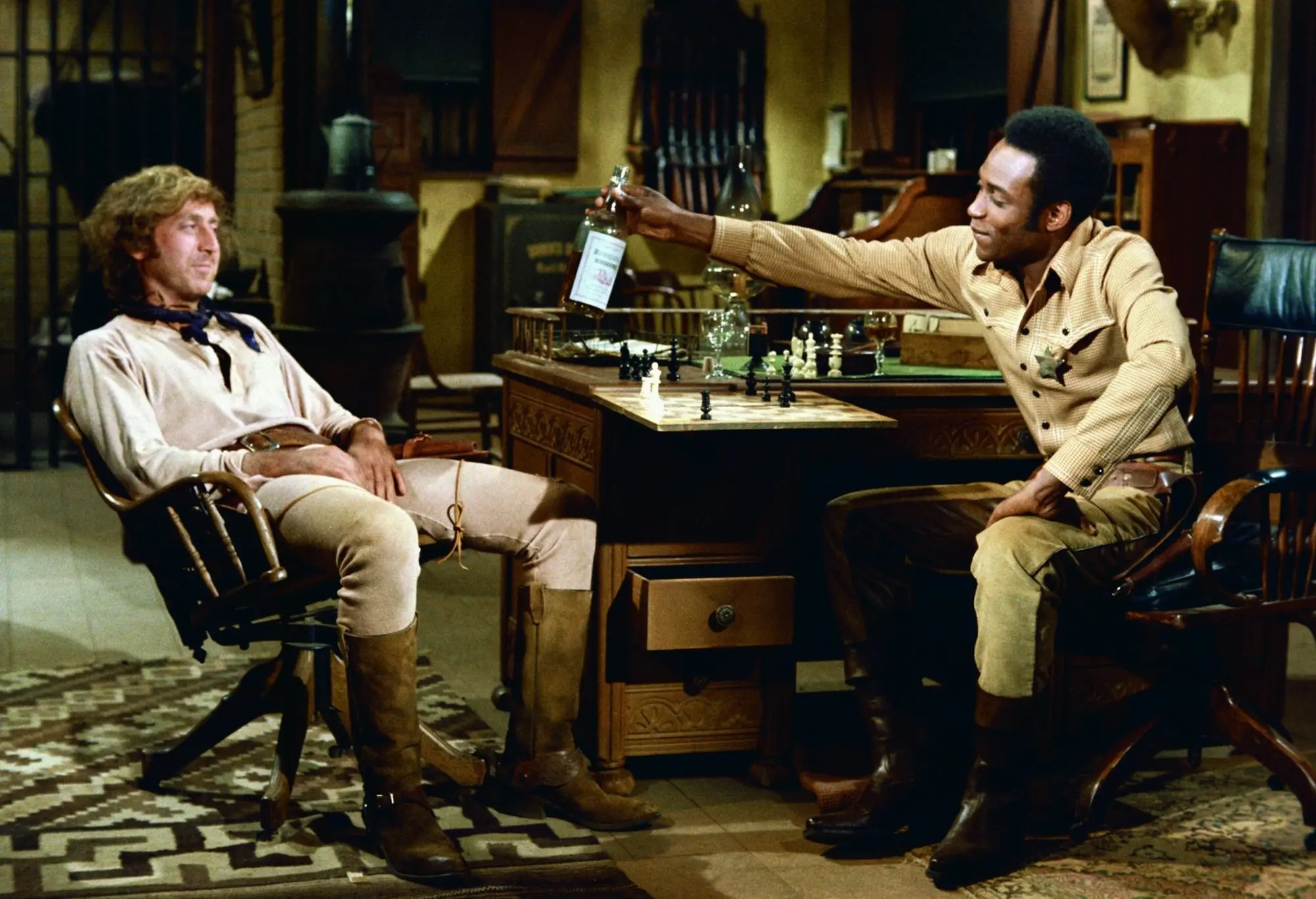
Brooks’ Blazing Saddles literally blazed with success—unexpectedly, even for him. The film earned two additional Oscar nominations (for Best Song and Best Editing) and, despite its R rating, grossed forty-five times its modest production budget of just over $2.5 million at the U.S. box office alone. It recouped its costs handsomely in the home market and overseas, making it the highest-grossing film of 1975 and the most commercially successful of Mel Brooks’ career. To top it off, during filming, Brooks also celebrated the birth of his son, Max (who would later follow in his father’s footsteps and become a screenwriter).
To this day, the film enjoys considerable esteem—if not outright cult status. Individual quotes, characters, and scenes, such as the toll booth in the middle of the prairie (Someone’s gotta go back and get a shitload of dimes!), have become classics of American comedy and continue to inspire generations of filmmakers (and even Brooks himself, who, for example, revisited the idea of a lovable executioner in Robin Hood: Men in Tights). Despite strong competition in this field, Blazing Saddles remains the best possible spoof of the Western genre, skillfully playing with its conventions. Ironically, among all the farts, songs, and belly-laugh-inducing gags, the core of the film—one of the most incisive commentaries on racism—is not lost. It’s simply too funny to overlook.

